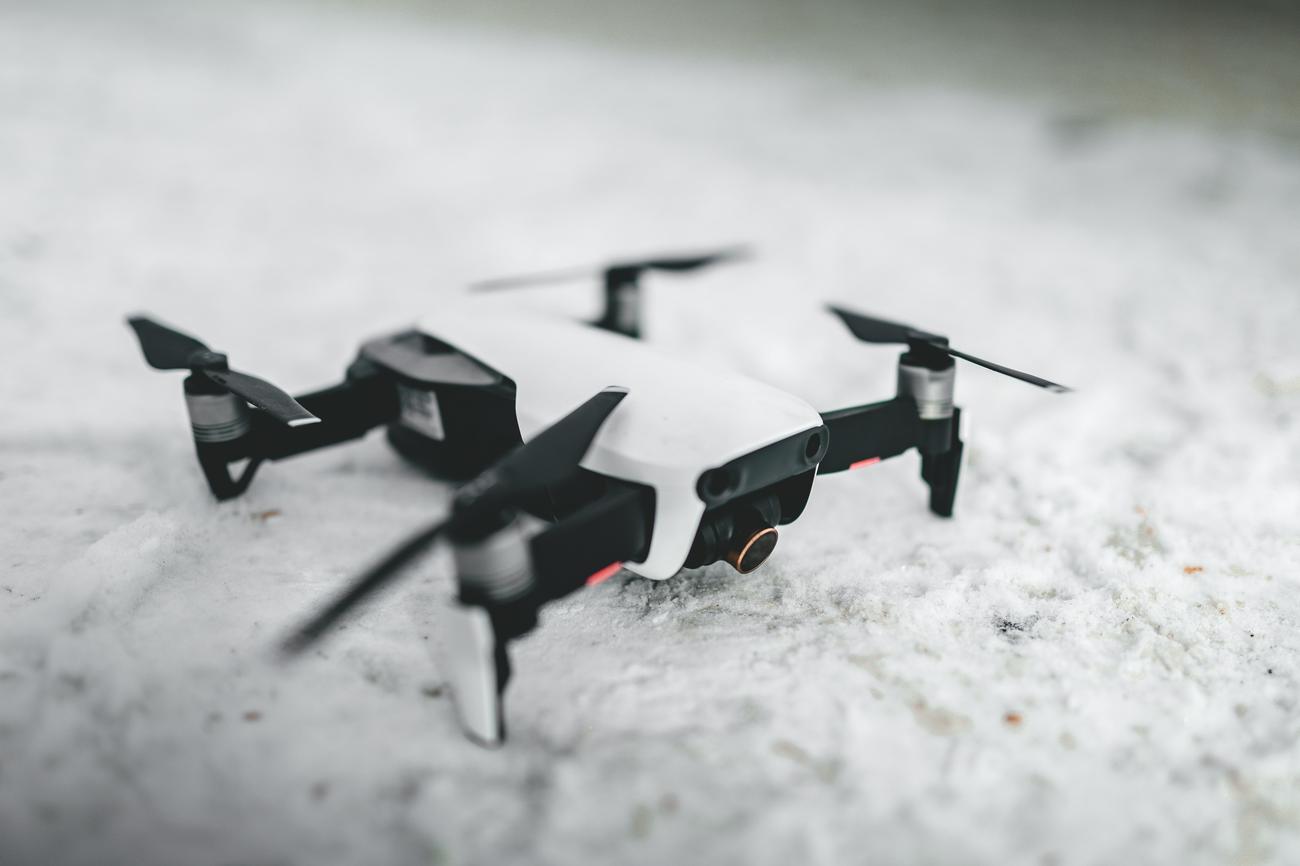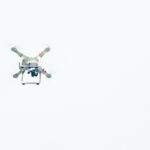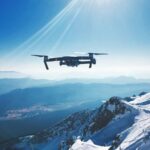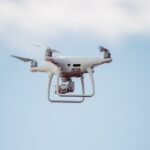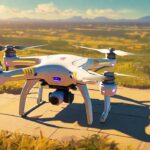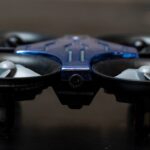Drone technology has taken the world by storm, revolutionizing industries and sparking endless possibilities for innovation. From capturing stunning aerial footage to delivering packages in record time, these unmanned aircraft systems have captivated both technology enthusiasts and professionals alike. In this comprehensive article, we will embark on a deep dive into the intricate world of drone technology, exploring its innovative features, wide-ranging applications, and the regulations shaping its future. Get ready to unravel the mysteries and unveil the potential of this fascinating technology.
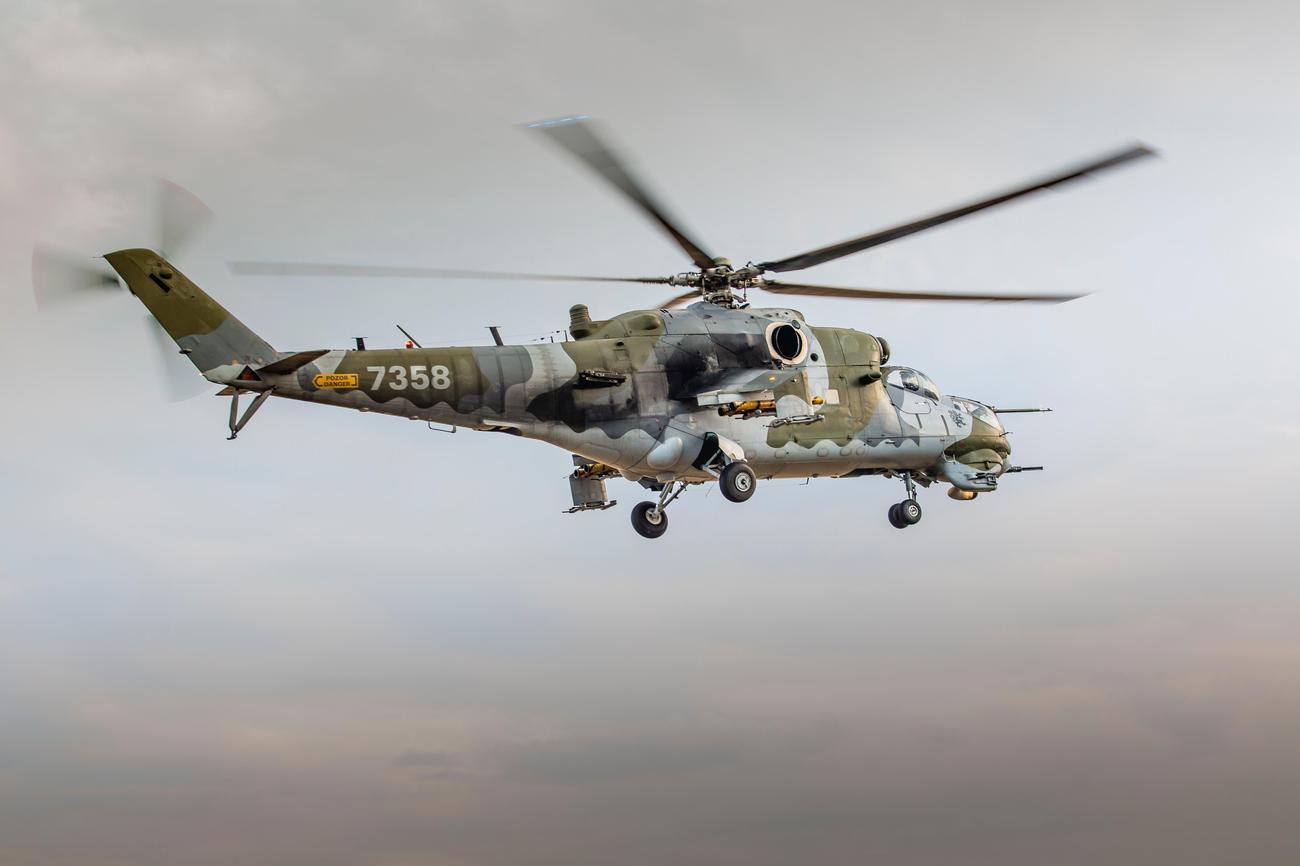
Drone Technology Information
When it comes to drone technology information, there’s so much to explore and discover. Drones have truly revolutionized the way we interact with the world around us, opening up endless possibilities for various industries and sectors.
So, what exactly is drone technology? Well, it encompasses the intricate hardware and software components that enable drones to soar through the skies, hover gracefully, and navigate with precision. Think of it as the backbone that powers these incredible flying machines.
Drones rely on a robust information system, complete with sensors, cameras, and networks, to perform tasks beyond our wildest imagination. These tasks include scanning the environment, gathering crucial data, and seamlessly transmitting information back to us. Whether it’s for eCommerce inventory management, monitoring oil and gas infrastructure, or delivering packages, drones are here to make our lives easier.
But with all the incredible advancements, there are also valid concerns regarding the security, privacy, and safety aspects of drone technology. Misuse, spying, and malfunctioning are potential risks we must address. However, through careful regulation and responsible usage, we can minimize these concerns and enjoy the immense benefits that drones bring.
Flight dynamics are at the core of drone technology. The propulsion system, consisting of motors, electronic speed controllers, and propellers, allows drones to gracefully take to the skies and hover in place. It’s like the beating heart of these magnificent machines.
In addition to the propulsion system, drones rely on a combination of hardware and software components to navigate and make sense of the world around them. These components include rotors or fixed wings, sensors to detect the environment, navigation systems to chart their course, and gyroscopes to maintain stability. Together, they create a symphony of technology, enabling drones to fly with grace and precision.
One innovative application of drone technology is the creation of digital twins and 3D models. Imagine an eCommerce platform using drones to scan and create 3D models of their inventory for better management. This technology opens up endless possibilities for industries across the board.
Speaking of innovation, DJI is a prominent brand in the drone market, commanding a significant market share. Known for their cutting-edge technology and reliable performance, DJI drones bring the wonders of flight to many enthusiasts and professionals alike.
However, with great power comes great responsibility. Drones, being small, affordable, and easily maneuverable, raise security concerns. They rely on information system components, utilize the internet and networks, and can potentially be exploited if proper precautions aren’t taken. It’s crucial to ensure that drone technology is used ethically and responsibly.
When delving into the world of drone technology, it’s essential to understand the various components that make up these remarkable machines. Electronic circuits, speed controllers, flight controllers, motors, propellers, batteries, and cameras all come together, working seamlessly to defy gravity and capture awe-inspiring visuals.
The applications of drones are vast and varied. From capturing breathtaking aerial photographs and providing surveillance in previously inaccessible areas to delivering packages, aiding in agriculture and disaster relief, and even entertaining us with dazzling drone shows, these flying wonders have endless potential.
It’s interesting to note that while drones were initially developed for military purposes, they have now found widespread civilian, business, and government use. The technology has evolved rapidly, allowing us to harness its power for the greater good.
While drone technology offers so many possibilities, it also faces numerous challenges. Safety, privacy, regulation, ethics, and even environmental impact need to be addressed and carefully considered. By doing so, we can ensure that drone technology continues to evolve and positively impact various sectors like healthcare, education, tourism, and transportation.
In conclusion, drone technology has taken flight and shows no signs of slowing down. With its ability to transcend boundaries and transform industries, it’s truly an exciting time to be a part of this technological revolution. So, strap in, embrace the wonders of drone technology, and let your imagination soar alongside these magnificent machines.
Key Takeaway: Drone technology is propelling us into a new era of innovation and possibility. By understanding the intricacies of drone hardware and software components, as well as the potential applications and challenges they present, we can navigate this exciting field with confidence. So, let’s embrace the limitless potential of drones and the transformative impact they can have on our world.
Drones have become increasingly popular in recent years, revolutionizing various industries and capturing our imagination. If you’re curious to learn more about these incredible flying machines and their endless possibilities, then look no further! Our website offers a wealth of information about drones. Click here for an exciting journey into the world of drones: info about drones.
FAQ
Question 1: What is drone technology?
Answer: Drone technology encompasses the hardware and software components that enable drones to fly, hover, and navigate.
Question 2: How do drones perform tasks?
Answer: Drones rely on information systems, sensors, cameras, and networks to perform tasks such as scanning, managing, and transmitting data.
Question 3: In which sectors are drones commonly used?
Answer: Drones have various applications in sectors like eCommerce, oil and gas, and entertainment.
Question 4: What concerns are raised by drone technology?
Answer: Drone technology raises concerns regarding security, privacy, and safety due to potential misuse, spying, and malfunctioning.
Question 5: What components enable drones to fly and hover?
Answer: The propulsion system, including motors, electronic speed controllers, and propellers, allows drones to fly and hover.
- Discover Long Black Pepper: Flavor & Health Benefits - April 25, 2025
- Shocking Twists: The Grownup Review: Unreliable Narration - April 25, 2025
- A Quiet Place Book vs Movie: A Deep Dive - April 25, 2025
